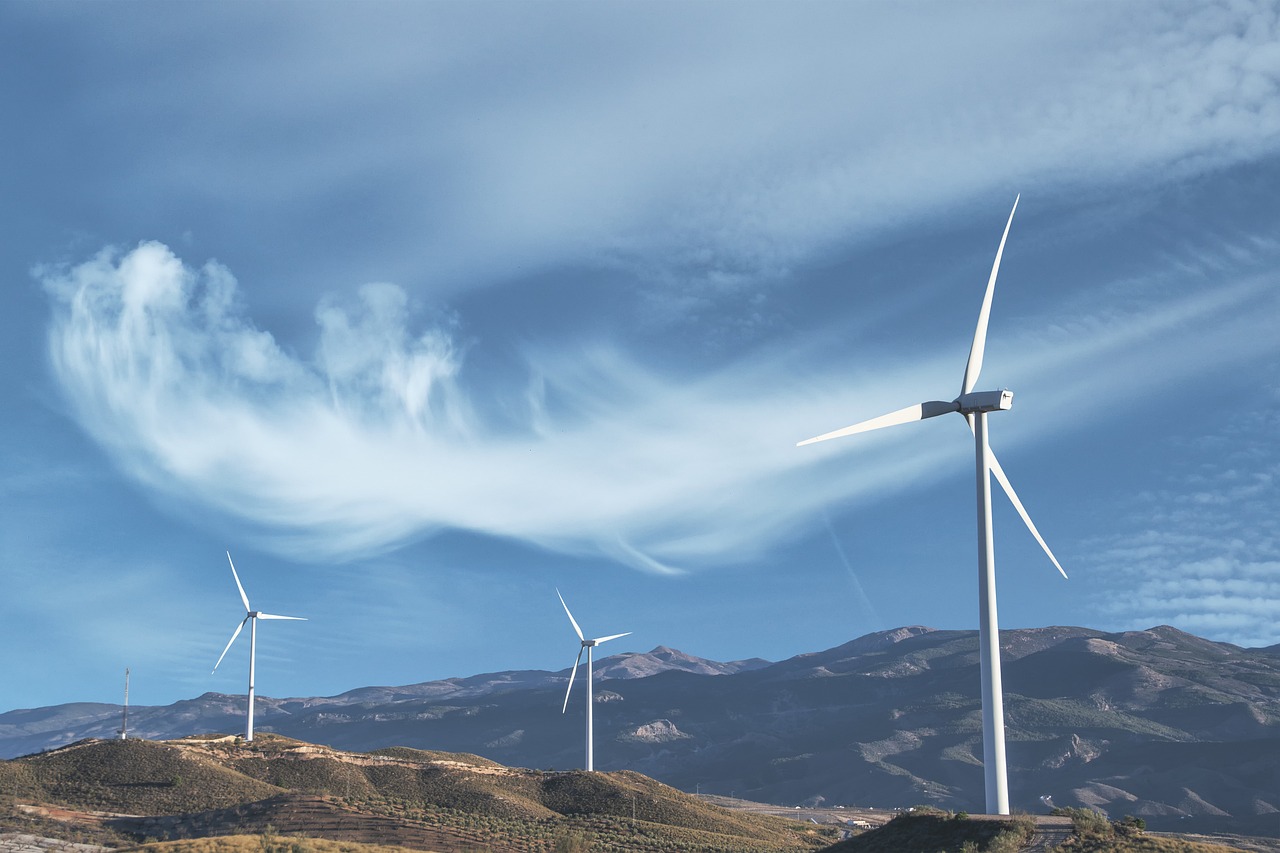Researchers propose a circular economy for rare-earth elements

Rare-earth elements (REEs) are increasingly vital in our modern world. They can be found in a range of everyday objects, from smartphones and plasma screens to artificial joints. In addition, they play a crucial role in the production of clean energy, as components in wind turbines and electric motors. However, the battle to secure these valuable resources is already intensifying.
In a groundbreaking article published in the prestigious journal Nature, experts from Germany, China, and the U.S. propose innovative approaches to establish a circular economy for REEs. Raimund Bleischwitz, an esteemed authority on circular economy at ZMT in Bremen, is among the authors. He emphasizes the urgent need to rethink the entire REE industry in order to meet the increasing demand without harming the environment.
The demand for REEs has been steadily rising over the years. Forecasts indicate that global use of these elements will soar fivefold by 2030, reaching a staggering 315,000 tons. As we strive to succeed in the energy transition, REEs are indispensable. For instance, it takes approximately 170 kilograms of REEs to generate one megawatt of wind-powered energy.
Unfortunately, REEs are not readily available. More than half of the world's reserves (56%) and over three-quarters of production (76%) are controlled by China, the U.S., and Russia—the three major powers. Consequently, green industries in the United States and Europe face shortages as they reduce their reliance on Chinese and Russian exports. Recognizing their critical importance, the U.S. and EU have classified REEs as vital raw materials.
In the race to secure these resources, even the ocean floor is now becoming a focal point, as evidenced by ongoing negotiations on deep-sea mining. Professor Raimund Bleischwitz of ZMT highlights the geopolitical struggle for control of REEs, stating that nations are vying to edge each other out. However, this zero-sum game benefits only a few countries, with no advantages for the general public.
Many countries promote domestic exploration and mining of rare earths while simultaneously restricting export opportunities. Furthermore, the processing of REEs is increasingly detrimental to the environment, with the value chain consuming substantial amounts of energy and water while releasing harmful pollutants and carbon emissions. Bleischwitz cites a U.S. study that reveals refining one ton of REE oxide generates 1.4 tons of radioactive waste, along with 2,000 tons of waste material and 1,000 tons of wastewater containing heavy metals.
Remarkably, only about 1% of REEs are currently recycled, mainly due to the lack of recycling policies and programs worldwide. Numerous devices containing substantial concentrations of REEs, such as electric car batteries and wind turbine magnets, are still in active use and years away from retirement.
To address these challenges, Raimund Bleischwitz and his esteemed colleagues from China and the U.S. have proposed strategies to fuel global REE recycling, potentially alleviating the geopolitical race and preserving valuable resources. Their article in Nature presents practical implementation examples, weighs the advantages and disadvantages, and advocates for research and innovative recycling technologies. Bleischwitz and his team outline three overarching options for action and provide detailed measures that they believe politicians and governments worldwide should adopt.
Bleischwitz highlights the potential of circular economy policies and practices to overcome the zero-sum mentality surrounding REEs. He suggests that reaching an agreement on these issues, such as at the upcoming G20 meeting in New Delhi in September, could revitalize international trade and foster global partnerships in support of the energy transition. Furthermore, low- and middle-income countries could gain access to REEs through such initiatives, accelerating their own energy transitions. To enhance the circular economy and mitigate the adverse impacts of mining, Bleischwitz also advocates for a moratorium on deep-sea mining, particularly in the Global South where illegal mining and trade often occur.
In conclusion, the quest for REEs is intensifying, and the need for a circular economy approach is more pressing than ever. By embracing innovative recycling technologies and implementing effective policies, we can ensure a sustainable and equitable supply of these critical materials. The transition to a circular economy for REEs holds the key to a brighter and more environmentally conscious future.
News
- 2023-07-20 Germany behind schedule on wind energy rollout: study
- 2023-07-20 Researchers propose a circular economy for rare-earth elements
- 2023-07-20 Researchers propose a circular economy for rare-earth elements
- 2023-07-20 Charging cars at home at night is not the way to go, study finds
- 2023-07-20 Charging cars at home at night is not the way to go, study finds